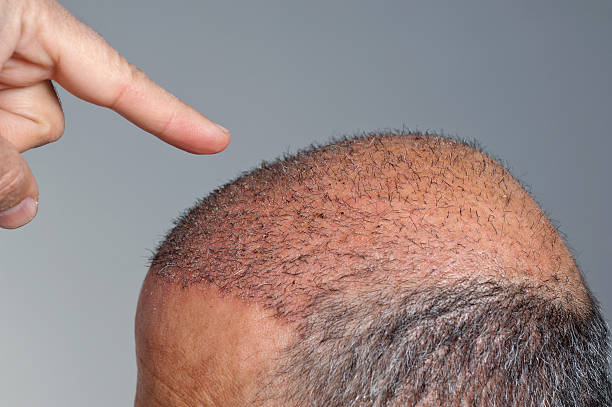Decoding the Science of Hair Transplant: A Comprehensive Guide
Hair loss, a common condition affecting millions worldwide, often leads to significant emotional distress and decreased self-esteem. While various over-the-counter products promise to restore lost hair, the scientific community has been making strides in a more permanent solution: hair transplant. Hair transplants, once considered a luxury procedure reserved for the wealthy, have become increasingly accessible and commonplace, providing a viable solution for those grappling with hair loss. This article delves into the science, history, and current trends of hair transplantation, offering a comprehensive guide for those considering the procedure.

The Science Behind Hair Transplant
Hair transplant surgery involves transferring hair follicles from a “donor site” (usually the back or sides of the scalp where hair is more plentiful) to a “recipient site” (the balding or thinning area). This procedure is based on the principle of ‘donor dominance’, which states that hair follicles maintain their original characteristics, even when transplanted to a new location. Thus, the transplanted hair continues to grow in the new site just as it would in its original location.
Hair transplantation has seen significant advancements over the years. The initial hair transplant procedures, performed in the 1950s, used large grafts (or “plugs”) that often led to an unnatural, doll-like appearance. Today, surgeons utilize Follicular Unit Extraction (FUE) or Follicular Unit Transplantation (FUT) techniques, which involve transplanting individual hair follicles or small groups of follicles, leading to a more natural-looking result.
Historical Context: The Evolution of Hair Transplant Surgery
The first successful hair transplant surgery was performed in Japan in the 1930s by Dr. Okuda, a dermatologist who used small grafts to restore hair lost due to burns. However, his groundbreaking work was largely unrecognized until the 1950s due to the disruption of World War II.
In the United States, modern hair transplantation began in the 1950s with Dr. Norman Orentreich’s experiments with free donor grafts to balding areas. He was the one to introduce the concept of ‘donor dominance’, which remains a fundamental principle in hair transplantation.
Over the decades, the techniques have evolved significantly, with surgeons now able to transplant hair with minimal scarring and more natural-looking results. The shift from large grafts to smaller follicular units has been a game-changer in this field.
Current Trends and Innovations in Hair Transplant
In recent years, hair transplant surgery has undergone numerous advancements. The procedure has become less invasive, with faster recovery times and improved results. One significant trend is the increasing use of robotic assistance in FUE procedures. The ARTAS Robotic Hair Transplant system, for instance, uses image-guided robotics to assist with the precise extraction and placement of hair follicles.
Another trend is the growing interest in regenerative therapies, such as Platelet-Rich Plasma (PRP) and stem cell therapy. These treatments aim to enhance hair growth and improve the results of hair transplant surgery by harnessing the body’s natural healing capabilities.
The Impact and Reception of Hair Transplant
The impact of hair transplant surgery on individuals suffering from hair loss cannot be overstated. The procedure has the potential to restore not just hair, but also a person’s self-confidence and emotional well-being.
The reception of hair transplant surgery has significantly improved over the years, as results have become more natural and the procedure more affordable. Today, it’s not uncommon for celebrities to openly discuss their hair transplant procedures, further reducing the stigma associated with hair loss and its treatment.
Unique Insights: The Future of Hair Transplant
The future of hair transplantation looks promising, with researchers exploring various avenues to improve and refine the procedure. One such potential advancement is hair cloning or hair multiplication, which could provide an unlimited source of donor hair.
Additionally, researchers are investigating the use of 3D bioprinting to create hair follicles. If successful, this technology could revolutionize hair transplantation by eliminating the need for a donor site altogether.
In conclusion, hair transplant surgery has come a long way since its inception and remains a beacon of hope for individuals dealing with hair loss. While the procedure is not without its challenges, continual advancements in technology and surgical techniques are making it an increasingly effective and accessible option.




